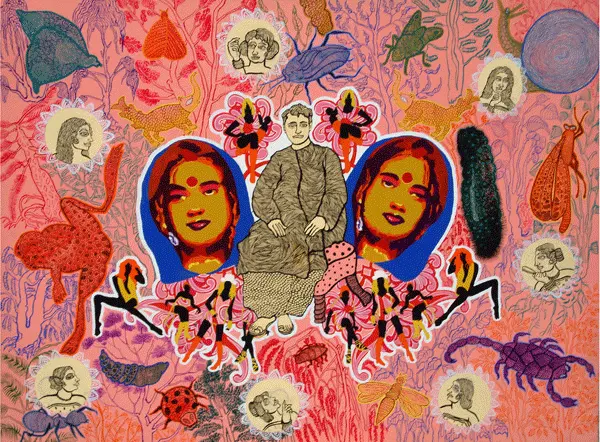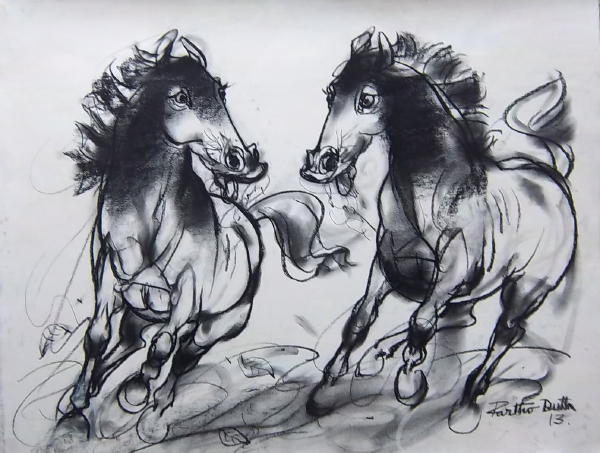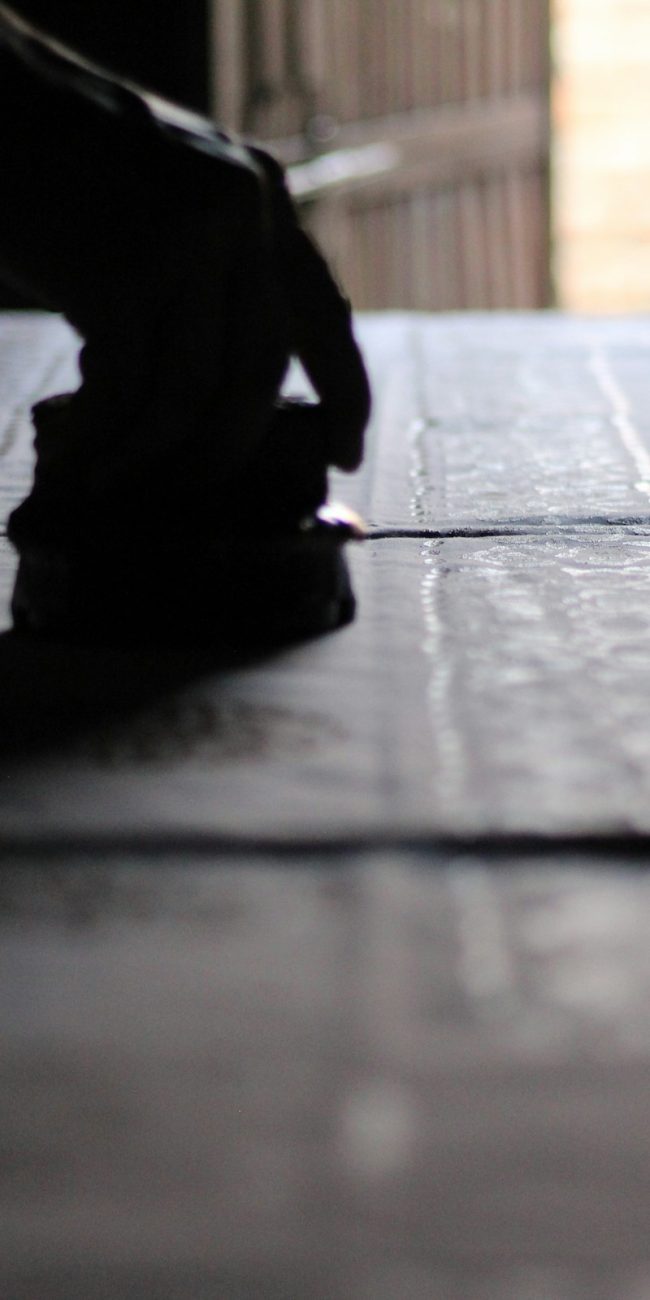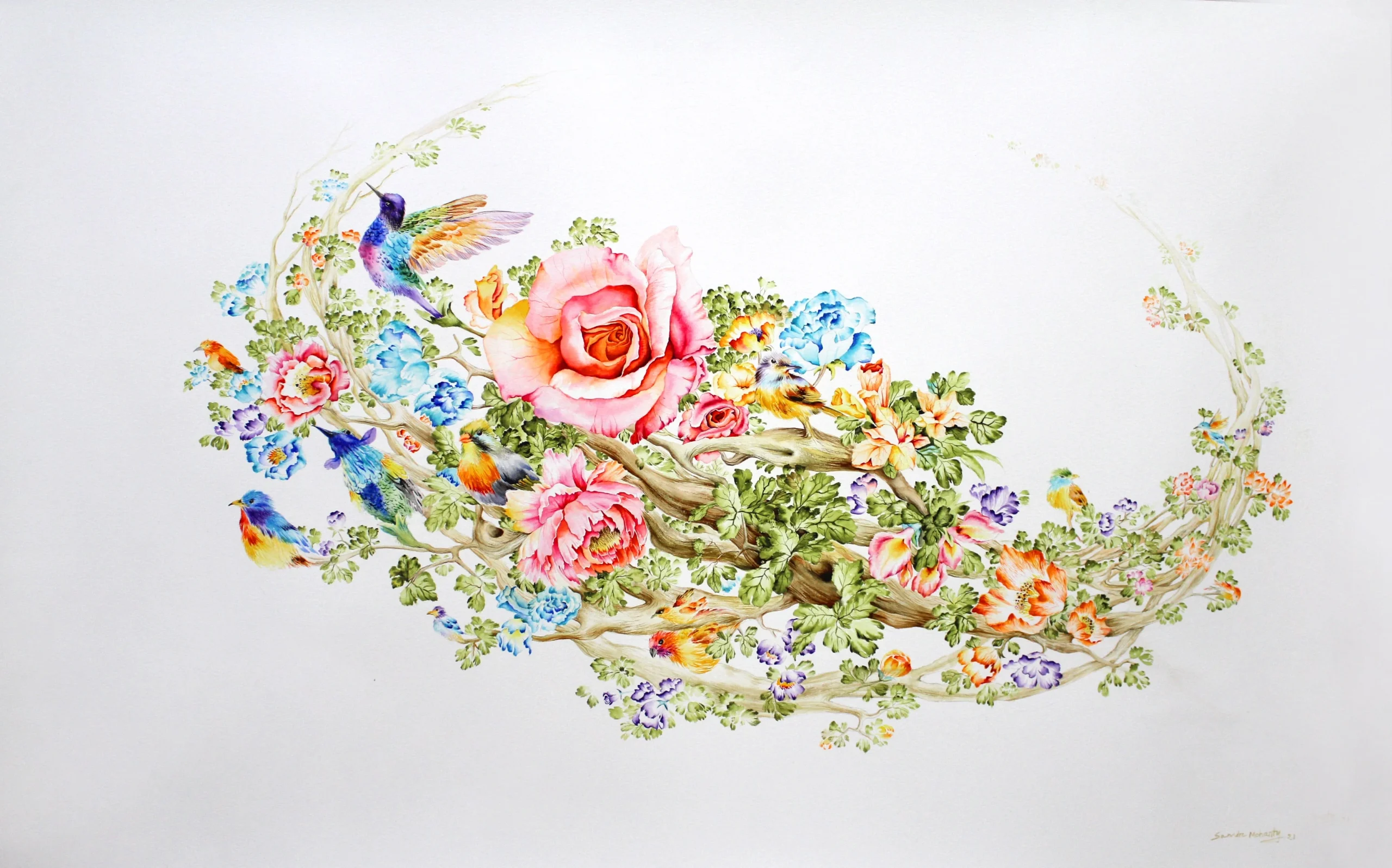
Exploring Watercolors: The Beauty and Challenges of the Medium
Watercolor is a captivating and versatile painting medium that has been cherished by artists for centuries. Known for its delicate, transparent quality and vibrant colors, watercolor allows artists to create works that range from soft and subtle to bold and expressive. However, mastering watercolor painting is not without its challenges. Its fluidity and unpredictability can make it a tricky medium for beginners to work with. In this blog, we will explore the beauty of watercolor as a painting medium and delve into the common challenges artists face when working with it.
The Beauty of Watercolors
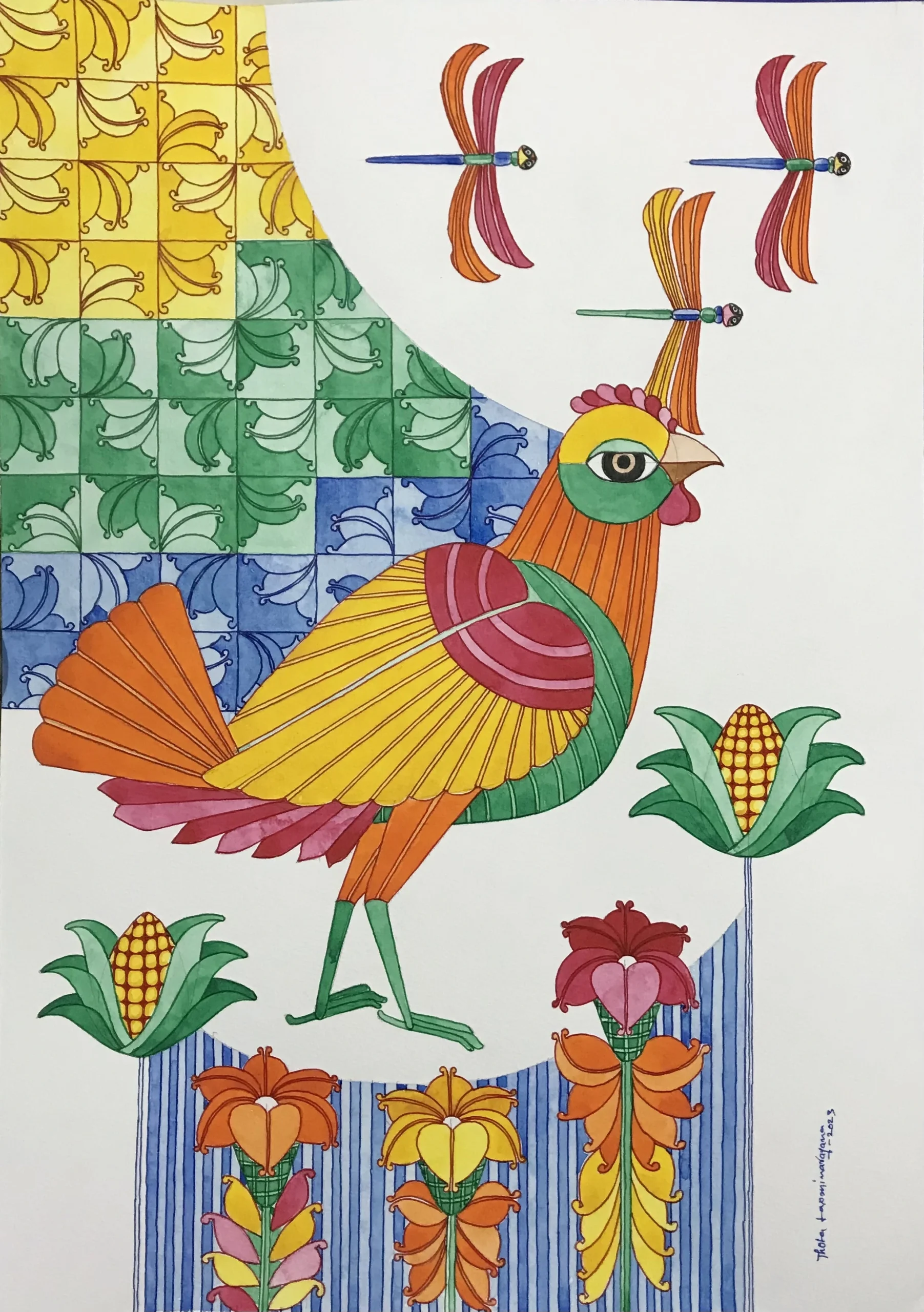
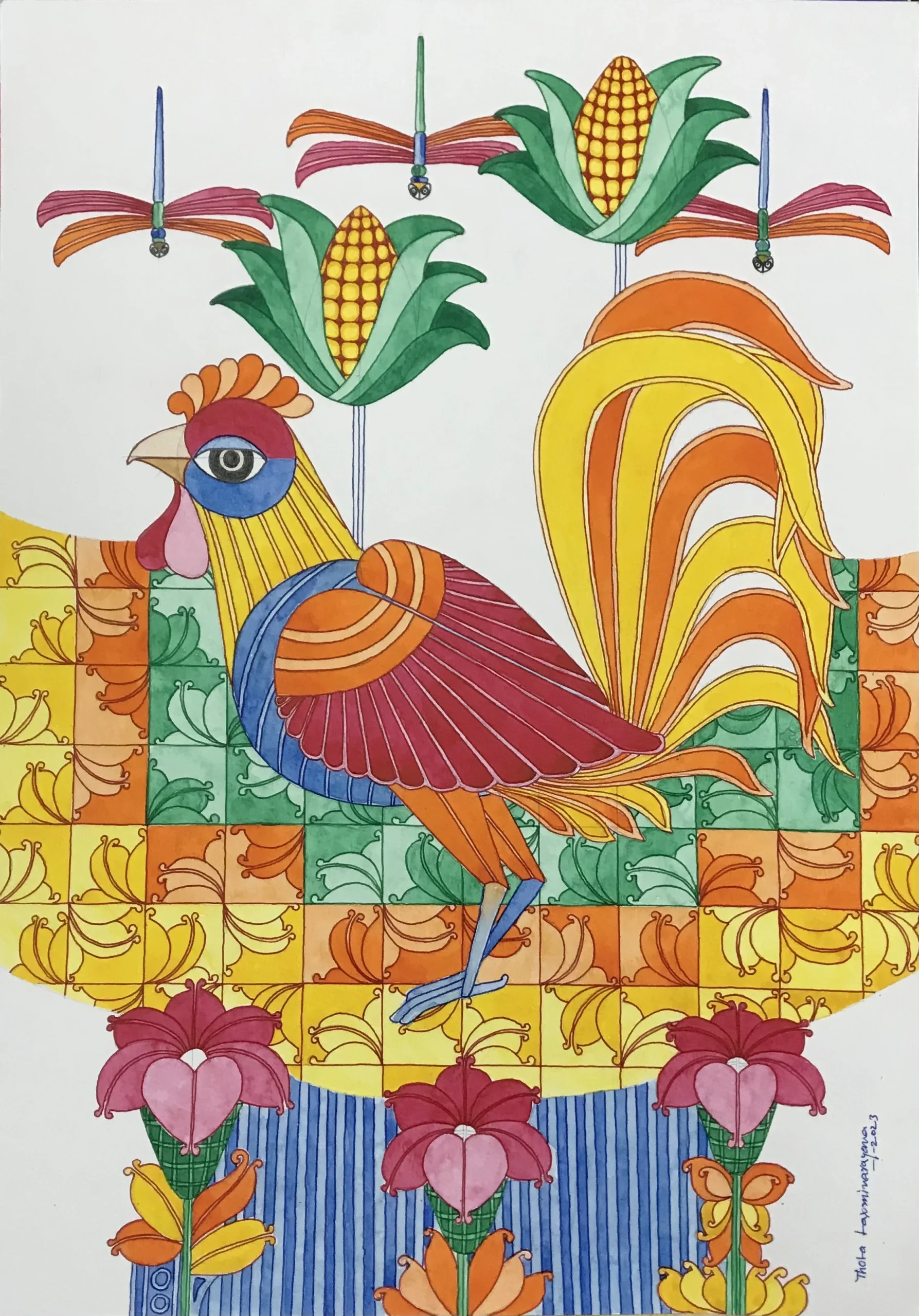
(Thota Laxmi Narayan, Watercolor on Paper, 12 x 16.5 inches each)
- Transparency and Luminosity: Watercolor’s transparency allows light to pass through, creating a luminous glow as the paper’s whiteness shines through, adding depth and richness with layered washes.
- Vibrancy and Softness: Watercolors offer vibrant yet soft tones, perfect for delicate subjects, blending smoothly to capture both bright and serene atmospheres.
- Spontaneity and Fluidity: Known for unpredictability, watercolors encourage experimentation, adding excitement as colors blend and flow to create unique results.
- Lightweight and Portable: With minimal supplies, watercolors are ideal for travel and outdoor painting, quick-drying for capturing fleeting moments efficiently.
Tips for Working with Watercolors
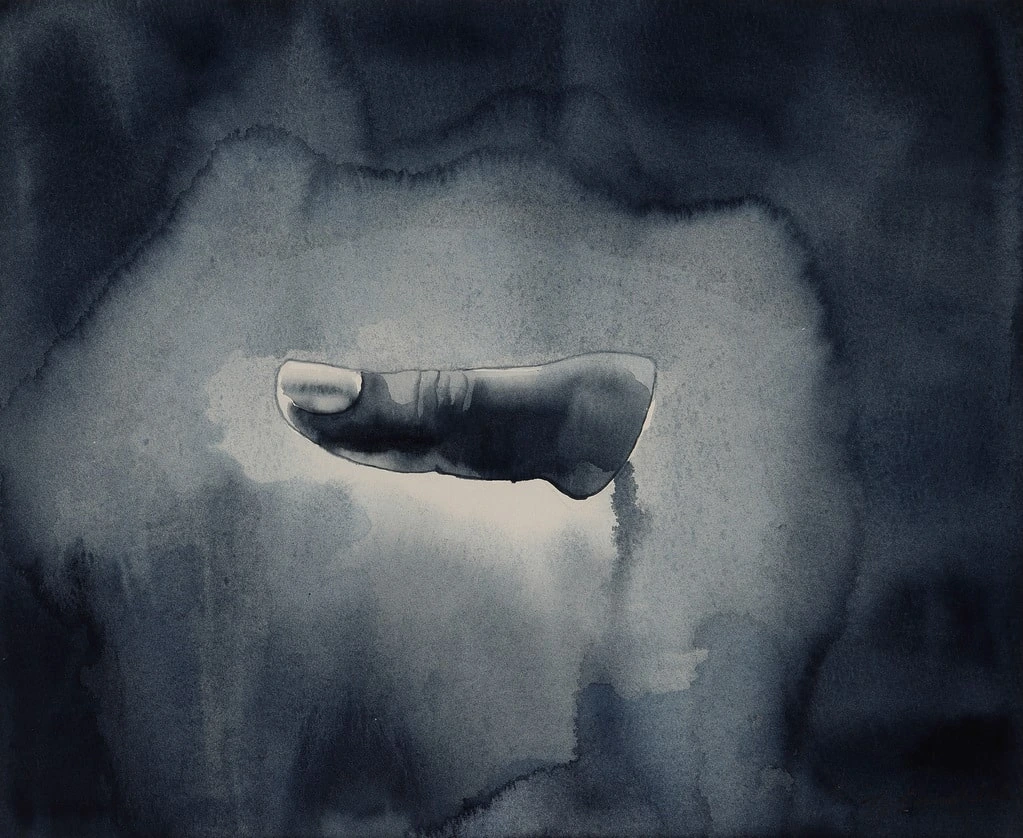
If you are new to watercolor painting, here are a few tips to help you get started and overcome some of the challenges:
- Start with Light Washes: Begin with light washes of color and gradually build up layers. This will help you avoid overworking the painting and give you more control over the final result.
- Embrace the Unexpected: Watercolors are known for their unpredictable nature, so try to embrace the happy accidents that occur during the painting process. Sometimes these unplanned moments can add character and beauty to your work.
- Invest in Good Materials: Quality paints, brushes, and paper can make a big difference in your results. While you do not need the most expensive supplies, using student-grade materials can sometimes limit your success.
- Practice Patience: Watercolor painting requires patience and practice. It takes time to get used to how the paint behaves and how to control it effectively. Do not be discouraged if your first few attempts are not perfect. Keep experimenting and learning.
Versatility of Watercolor Techniques
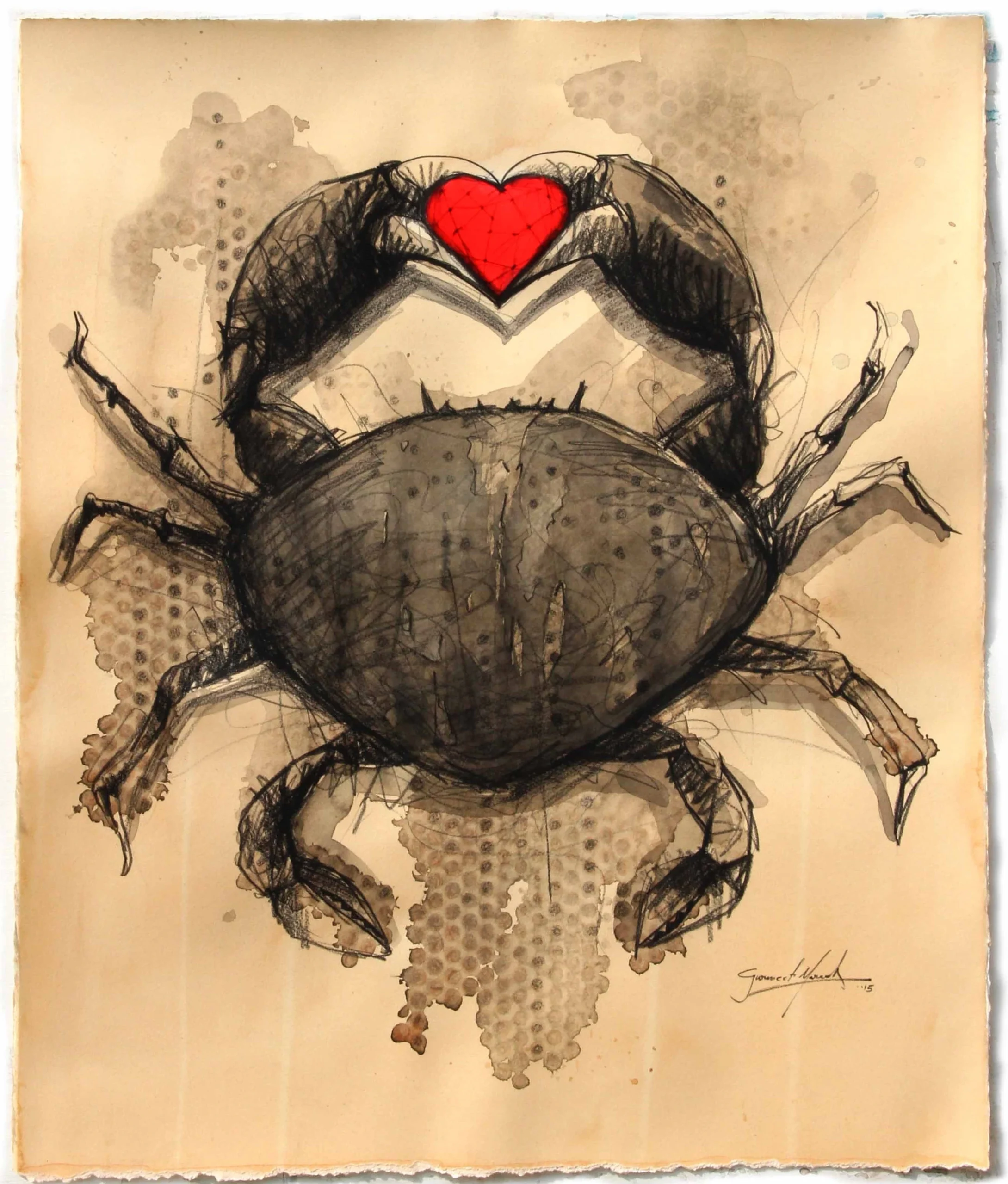
Watercolor offers a wide range of techniques that artists can experiment with to create different effects. Some popular techniques include:
- Wet-on-Wet: This involves applying wet paint onto a wet surface, allowing the colors to blend and spread in soft, flowing patterns. This technique is perfect for painting skies, clouds, or other areas where you want a dreamy, diffuse effect.
- Wet-on-Dry: Here, wet paint is applied to dry paper, resulting in sharper, more defined edges. This technique is ideal for adding details or creating layers without the colors blending too much.
- Dry Brush: By using a brush with very little water, artists can create rough, textured strokes that are perfect for depicting details like grasses, fur, or rough surfaces.
- Lifting: If you make a mistake or want to lighten an area, you can “lift” the paint by dabbing it with a clean, damp brush or cloth while it’s still wet. This technique is useful for correcting errors or adding highlights.
- Salt Texture: Sprinkling salt onto wet paint creates a beautiful, textured effect as the salt absorbs the moisture, leaving behind crystal-like patterns. This is great for adding texture to landscapes or abstract elements.
- Masking Fluid: Masking fluid is used to protect specific areas of the paper from paint. Artists can apply it to reserve white spaces for highlights or intricate details that they want to add later.

(Sarika Mehta, Growing green, Gouache on Paper, 12 x 41 inches)
These diverse techniques give watercolor artists a range of options for creating unique textures, effects, and moods in their paintings. By experimenting with these methods, you can push the boundaries of what watercolor can achieve and develop your own style.
Challenges of Watercolors
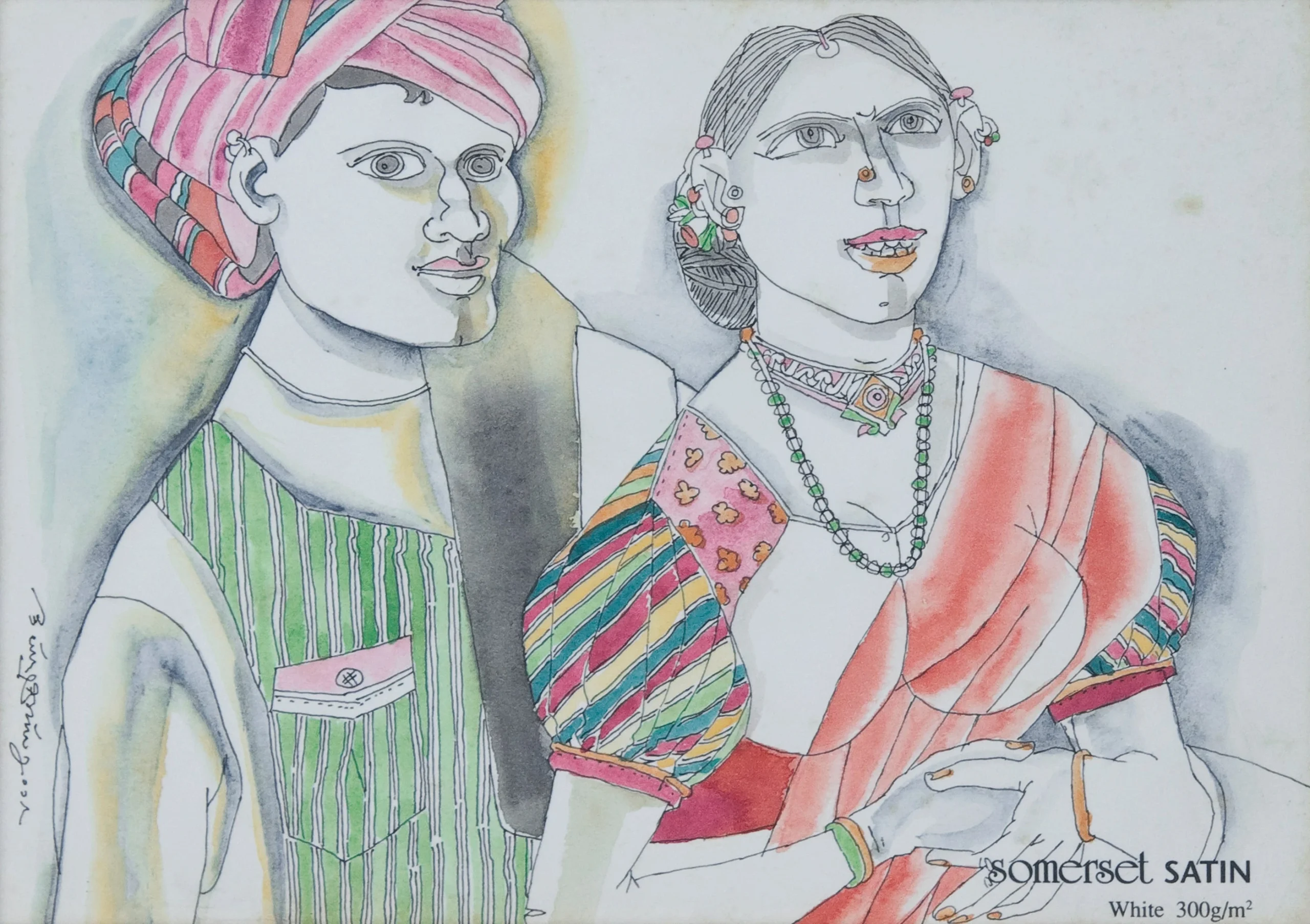
(Laxma Goud, water color on paper, 6 x 8 inches)
While watercolor offers many rewards, it is also a medium that comes with its fair share of challenges. Below are some of the most common difficulties artists face when working with watercolors.
- Lack of Control: Watercolor’s fluidity can lead to unpredictable spreading, which some artists find freeing while others find challenging to control.
- Layering and Corrections: Mistakes in watercolor are hard to correct due to transparency, and too many layers risk making the painting appear muddy.
- Timing and Drying Speed: Quick drying can make blending challenging, requiring careful timing to prevent harsh edges or uneven blooming effects.
- Paper Quality and Absorption: Watercolor requires specific paper to handle moisture without damage; choosing the right type for your technique may take experimentation.
Conclusion
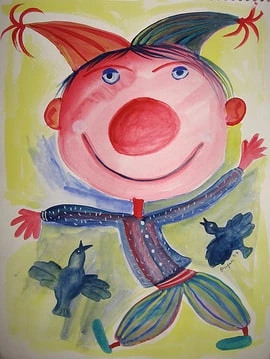
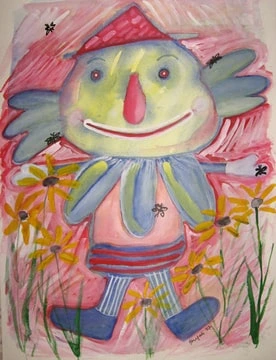
(Shefali Nayan, watercolor on paper)
Watercolor is a beautiful and expressive medium that offers both rewards and challenges. Its transparency, vibrancy, and fluidity make it a favorite among artists, while its unpredictability and difficulty in correcting mistakes can test one’s patience. With practice, patience, and an open mind, you can unlock the full potential of watercolor and create stunning works of art. Whether you are a beginner or an experienced painter, watercolors offer endless opportunities for creativity and discovery.




